Introduction
In the bustling world of construction, safety is paramount. One of the most critical pieces of safety equipment is the humble safety vest. These brightly colored, reflective garments play a vital role in ensuring the visibility of workers, particularly in low-light conditions or high-traffic areas. This article provides a comprehensive guide to understanding the importance of construction safety vests, exploring their various types, key features to consider when choosing one, and the standards and certifications they must meet. We will also delve into the proper maintenance and care for these life-saving garments, ensuring their longevity and effectiveness.
Understanding the Importance of Construction Safety Vests
A safety vest is an essential, life-saving garment that is affordable, lightweight, and versatile. Its primary purpose is to enhance the wearer's visibility, especially in low visibility situations. Constructed from reflective materials and available in bright colors, safety vests are commonly used by road flaggers, construction crews, and emergency personnel. They are crucial for workers in high traffic areas, ensuring they are seen by drivers. Safety vests also play a significant role in preventing traffic fatalities, particularly in construction zones. They come in different classes, each suited for various visibility situations.
Types of Construction Safety Vests
Construction safety vests come in a variety of configurations, each designed for a specific task. Key types include mesh vests, breakaway vests, economy vests, multi-pocket surveyor vests, and flame-resistant vests. These are available in both Class 2 and Class 3 visibility configurations, meeting ANSI visibility standards. The choice of vest depends on the specific requirements of the construction site and the tasks at hand.
High-Visibility Safety Vests
High visibility safety vests are essential in various work environments. They improve your visibility, ensuring you're seen by drivers and reducing work zone accidents. These vests are suitable for use in daytime and low light conditions. They come in different styles, sizes, and colors, including ANSI Class 2, ANSI Class 3, Public Safety, Flame Resistant, non-ANSI, Surveyors, and Incident Command. High visibility vests are also beneficial to runners, cyclists in high-traffic areas, and emergency responders for easy identification in crowded places.
Flame-Resistant Safety Vests
Flame-resistant or Fire Resistant safety vests, also known as FR safety vests, are designed and manufactured within the stringent compliance guidelines and safety standards set forth by the National Fire Protection Association (NFPA) or the American Society for Testing and Materials (ASTM). FR Safety Vest designs, components, and materials will vary based on the level of protection required for proper compliance with ASTM F1506, NFPA 2112, or NFPA 70E standards for fire resistance or arc flash protection.
Surveyor Safety Vests
Surveyor vests are a type of safety vest designed specifically for surveyors. They are characterized by high visibility colors and reflective stripes, meeting the ANSI 107 high visibility safety standard. A key feature of these vests is the additional pockets for small tools, enhancing mobility and efficiency. Some models even include a large utility pocket on the back, suitable for holding a survey map or other large tools. These vests are also designed for comfort, made from breathable polyester mesh fabrics, and equipped with heavy-duty closure systems.
Key Features to Consider When Choosing a Safety Vest
When choosing a safety vest, consider its class and type based on work conditions. The vest color can indicate each worker’s role, increasing workplace efficiency. The material can be mesh, solid, or a combination, affecting airflow and potentially offering flame resistance. Size is crucial, as the vest must fit over regular uniforms without restricting movement. The closure mechanism, usually a zipper or a hook and loop, is another key feature. Some vests come with pockets and D-rings for carrying equipment.
Material and Durability
Our ANSI Class 2 Safety Vests are designed for durability and reliability. Each vest contains a minimum of 201 square inches of reflective tape and 775 square inches of durable, light-catching material. The material comes in two high-visibility colors, orange and lime, typically referred to as “HiVis.” The vests have ample pocket space for tools or other accessories. The location of the reflective material is also controlled, ensuring visibility from all angles. These vests are designed to keep you safe and visible in low-visibility environments.
Visibility and Reflectivity
High visibility safety vests are essential in various work environments. They improve your visibility, bringing you back into the driver's focus, especially in work zones and roadside distractions. These vests are suitable for use in daytime and low light conditions. The American National Standards Institute (ANSI) has set guidelines for the design and production of safety vests for maximum visibility. The standards specify the size, color, and type and placement of reflective material. This enhanced visibility reduces the chance for serious accidents on the job, particularly in harsh weather and low light conditions when vision is often compromised.
Size and Fit
Choosing the correct size in a construction safety vest is crucial for optimal protection and performance. For an accurate size and fit, refer to the safety vest sizing dimensions provided by the manufacturer. All measurements are typically in inches. It's important to estimate the size to the closest fit, keeping in mind that body proportions may vary. The right fit ensures comfort and allows for freedom of movement, enhancing productivity while ensuring safety.
Comfort and Breathability
Construction safety vests, particularly those made from mesh, are a crucial part of a worker's gear, especially in warmer climates. These vests are designed with a focus on comfort and breathability, ensuring that workers can perform their duties safely and comfortably, even in the warmest environments. Mesh safety vests offer the dual advantages of visibility and practicality, bringing lightness and high visibility together. A mesh vest isn’t just about safety—it’s also about comfort and utility.
Standards and Certifications
When choosing a construction safety vest, it's crucial to consider the ANSI/ISEA standards. These vests are classified into Class 1, Class 2, and Class 3. Class 1 vests are for low-risk environments, with traffic below 25 mph. Class 2 vests are for higher risk environments, with traffic under 50 mph, requiring more high visibility and reflective areas. Class 3 vests are for the most dangerous environments, where visibility is the highest priority, often resembling a short sleeve t-shirt more than a traditional vest. Each class has specific requirements for the amount of safety color and reflective striping.
ANSI/ISEA Standards
The American National Standards Institute (ANSI) certifies safety vests into three classes: Class 1, Class 2, and Class 3. Class 1 vests are for low-risk environments, with traffic below 25 mph. They must be safety yellow or orange and have at least 155 square inches of reflective tape. Class 2 vests are for greater risk environments, with traffic under 50 mph. They require more high visibility and reflective areas. Class 3 vests are for the most dangerous environments, requiring the most background fabric and reflective striping. Each class is designed to match the risk level of the working environment.
OSHA Regulations
OSHA requires workers to wear safety vests in certain situations. Class 1 vests are for low-risk jobs, while Class 2 vests are for areas with fast-moving traffic. Class 3 vests are for high-risk areas with heavy traffic. The vests must meet ANSI standards, with specific requirements for reflective strips and background fabric colors. OSHA also mandates the use of HSVA safety vests, which must be highly visible in all conditions. The type of vest required depends on the job site and the type of hazardous materials being handled.
How to Properly Maintain and Care for Your Safety Vest
Maintaining a construction safety vest involves regular inspections, cleaning, proper storage, and timely replacement. Inspect the vest for any damage, especially to the reflective tape and fasteners. Clean the vest according to the care instructions, typically machine washing with mild detergent. Store the vest in a cool, dry place, away from direct sunlight and heat sources. Replace the vest if it's damaged, if the reflective strips lose their effectiveness, or if the flame-retardant feature (if applicable) has worn off after a certain number of washes.
Conclusion
Choosing the right safety vest is a crucial decision that can significantly impact the safety and efficiency of a construction site. From understanding the importance of these vests to exploring their various types, we've covered the essential aspects you need to consider. We've also discussed the importance of ANSI/ISEA standards and OSHA regulations, emphasizing the need for compliance. Finally, we've highlighted the importance of proper maintenance and care for these vests, ensuring their durability and effectiveness. Remember, a well-chosen, well-maintained safety vest is not just a piece of clothing; it's a life-saving tool that plays a vital role in the construction industry.


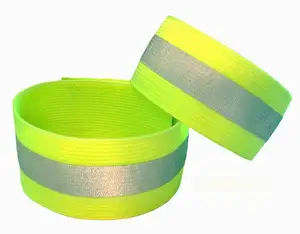

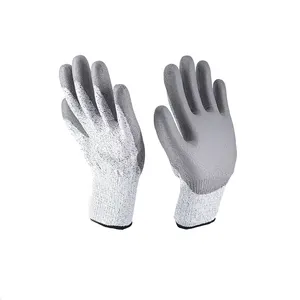







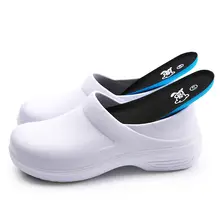



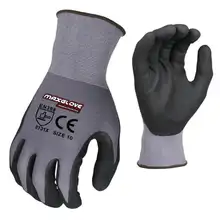


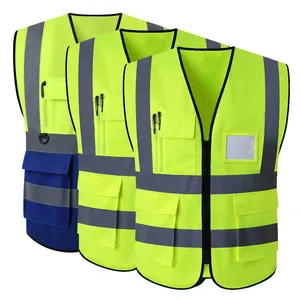
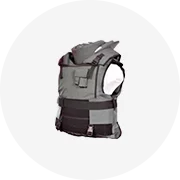
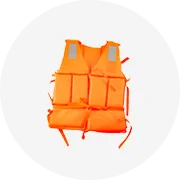
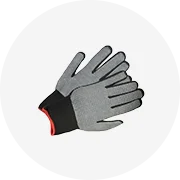
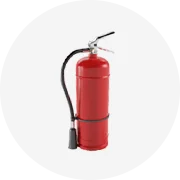
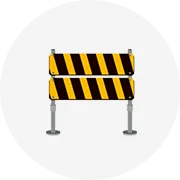








 浙公网安备 33010002000092号
浙公网安备 33010002000092号 浙B2-20120091-4
浙B2-20120091-4